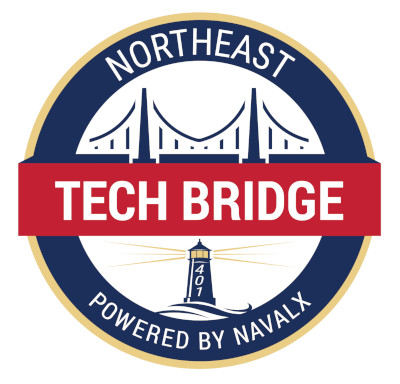What is the US Navy Challenge: Ocean Floor Sediment Collection Device?
The US Navy seeks designs for an automated, inexpensive, underwater sediment collection device for operation in the epipelagic zone of the ocean to a depth of 200 meters. The device must be capable of operation attached to a remotely operated vehicle (ROV) or by a diver with minimal manual intervention. It should weigh (in air) 5 kilograms or less, be capable of collecting samples of clay, silt, and sand while retaining any layering found within the sample, and collect samples to a sediment depth between 300 and 600 millimeters.
There are three awards of $35,000, $30,000, and $25,000 for 1st, 2nd, and 3rd place respectively, for solutions meeting all requirements.
401 Tech Bridge is collaborating with the Gulf Coast and the Northeast Tech Bridge to manage this U.S. Navy Challenge.
Challenge Goals
The goal of the first phase is to develop a system of sensors to detect killer whales and North Atlantic right whales with at least one above-water sensor and one below-water sensor. Data from these sensors must be time synchronized and include — at a minimum — the vehicle position and orientation, sensor data, timestamp, sensor settings, sensor position, and sensor orientation.
Application Dates
Applications CLOSED on May 26, 2022.
You can review the prize challenge in more detail (award, active solvers, etc.) on InnoCentive’s page by clicking here.
You can also watch a recap that 401 Tech Bridge held at the 401 Tech Bridge Advanced Materials & Technology Center in Portsmouth, RI.
Application Requirements
- Designs should include preliminary CAD files and wiring diagrams and be accompanied by a detailed description of the device as well as an operating guide for the proposed device.
- This is a Theoretical Challenge that requires only a written proposal to be submitted. The Challenge award will be contingent upon theoretical evaluation of the proposal by the Seeker.
- To receive an award, the Solvers will not have to transfer their exclusive IP rights to the Seeker. Instead, Solvers will grant to the Seeker a non-exclusive license to practice their solutions.

